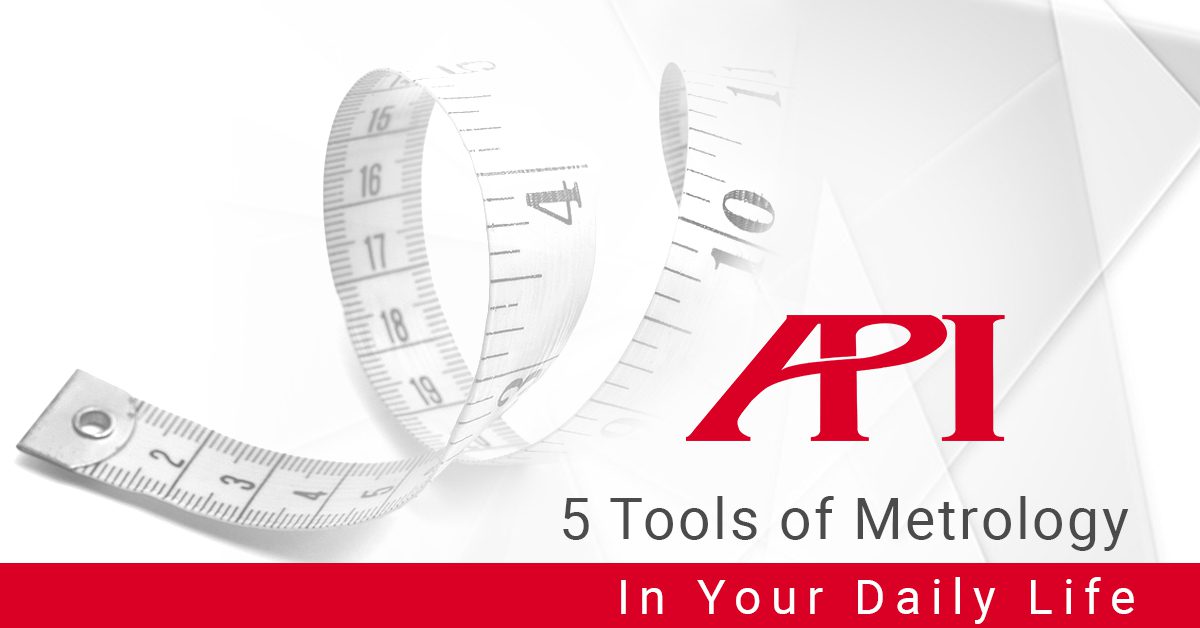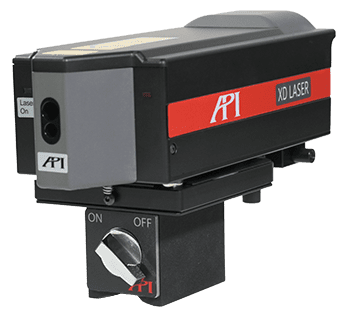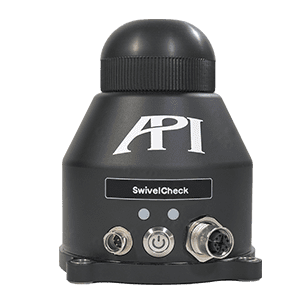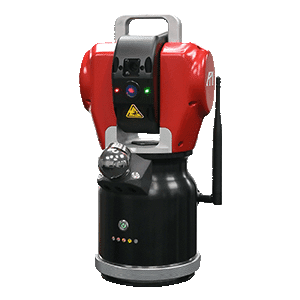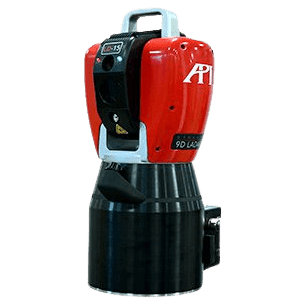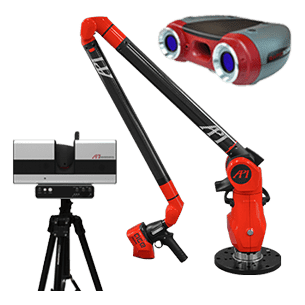5 Tools of Metrology in Your Daily Life
The most fundamental piece of Metrology is the unit
For such a high-level field of study that is applied to the production and assembly of some of the most delicate and important manufacturing projects, Metrology is actually a very simple concept (although some might say deceptively so). Metrology is the science of measurement. And while high-end modern metrology is used to push the accuracies and definitions of its equipment below the limit of visibility to meet tolerance demands, even the simplest measurement tool in your home is a piece of metrology equipment if it has the three basic components of metrology: unit, measurement, and comparison.
The most fundamental piece of Metrology is the unit. In order to measure something, you must have a way to express how much of the substance there is. Laser Trackers would be useless if the definition of a mm changed from one day to the next. For mass, we use the Metric and Imperial systems. For time, we use seconds, minutes, hours, days, and years. For electric current, we use amps and volts. Each one of these units gives us the ability to break a measured substance into evenly sized pieces that we can evaluate.
The second part of Metrology is the ability to measure these units in a real setting. The definition of a micron is wonderful, but impractical unless we have devices that a distance that small. Whether they are Laser Trackers inspecting airplane wings or temperature gauges on a superconductor, metrology equipment must be able to be able to accurately differentiate between the smallest units it is called to measure.
Lastly, Metrology equipment must be able to apply the measured amount to some kind of reference standard. Often, this relates directly back to the unit of measurement, like a Laser Tracker showing the absolute distance of the measured X, Y, and Z values, but this can also be when the tracker shows that value in reference to the CAD model and indicates the +/- difference between the two values. Reference standards can also be used to calibrate Metrology equipment and make sure they are maintaining accuracy.
Again, these are the kinds of high-level examples of Metrology that so often make it seem like an inaccessible field. Yet, when we look at these three basic concepts, we can see them present in some of the tools we use every day.
1) Car Speedometer
Speedometers measure the car’s velocity, and without them, we would have little else than the other cars on the road to gauge how fast we are moving. And while they may not require the precision of a Coordinate Measuring Machine (CMM), speedometers use units of distance (miles or kilometers) and time (an hour) to measure how quickly we are covering distance and give us a reference point in miles (or km) per hour, with different lines marking every five and ten units. Without any one of these elements, the function of the speedometer is lost, and the way we drive is completely changed.
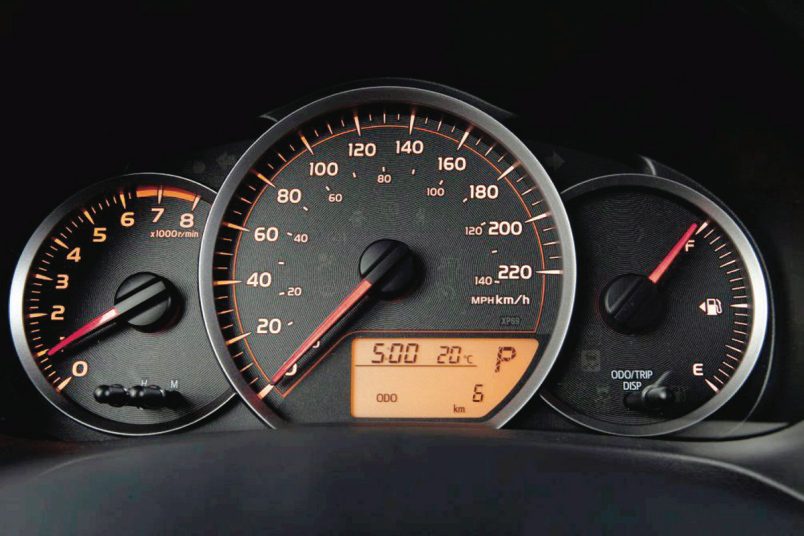
2) Video Timer for Streaming
Whether streaming from a subscription service or a social media site, one of the first things most of us do is bring up the menu to see how long a video or episode is. That bar uses the units seconds and minutes to measure how long a video has been playing and provide the visual reference of that time on a bar compared to the overall time and how much is remaining. Without this tool, we’d be unable to tell if a video is more appropriate for a five (ok, fifteen) minute desk break at work or for later with a meal.

3) Thermostat
This one is pretty straight forward. Thermostats in our homes, cars, and public spaces, use the unit degrees (Fahrenheit or Celsius) to measure the temperature of the air in an area and show a direct reference of that number that is compared to a set temperature goal the thermostat must either heat up or cool down towards. Without the thermostat, we would constantly be adjusting our furnaces and air conditioners up and down trying to stay within the ideal temperature range.
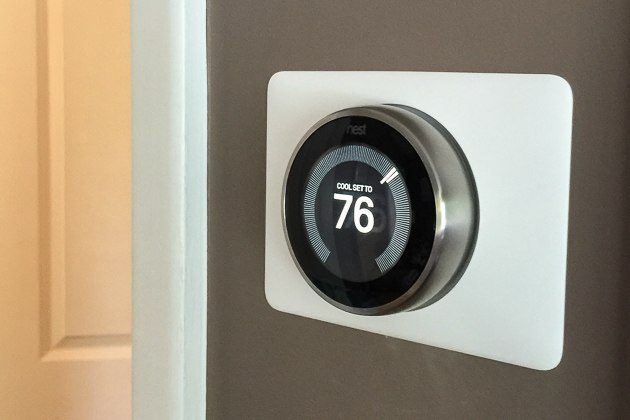
4) Measuring Cup
This is probably one of the most overlooked entries on this list. Yet, the measuring cup is one of the purest distillations of metrology equipment you can find. Using the units ounces, cups, and milliliters, they measure the amount of a substance poured into them with direct visual reference of lines showing if the cup has too much, too little, or just the right amount inside. And because measuring cups are machined to exact dimensions, their reference points are unchanging and never need to be calibrated.
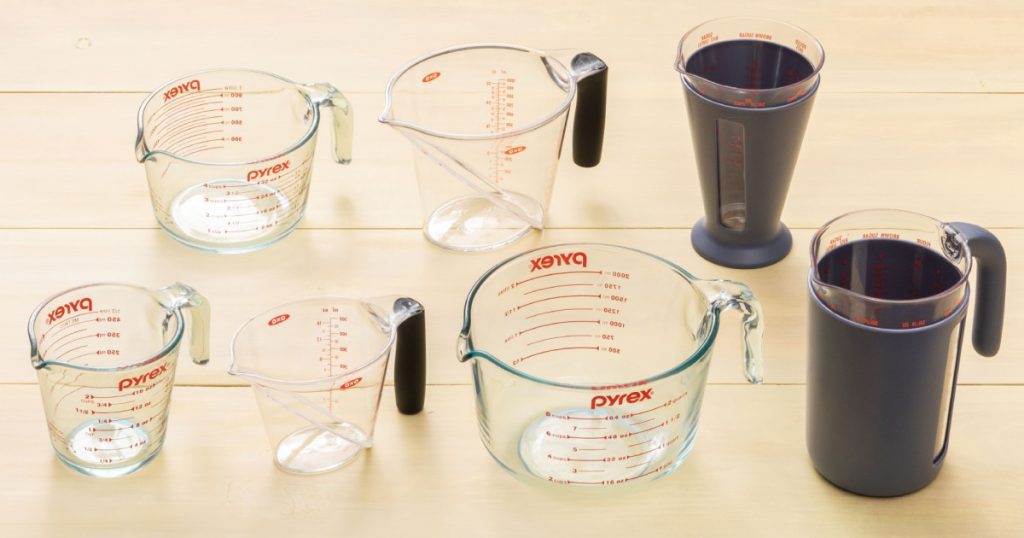
5) Battery Indicator
Battery Indicators are the most complicated pieces of metrology equipment on this list. They use the units volts, degrees (Fahrenheit or Celsius), and time to measure how much power the device is using over time with temperature fluctuations factored in to create a reference of how much power is remaining in the battery (and how long that power will last at current usage rate). Battery Indicators are used in everything from our phones to tablets to computers to video game controllers and consoles, and the ability to know how long the battery is going to last is crucial to their performance.
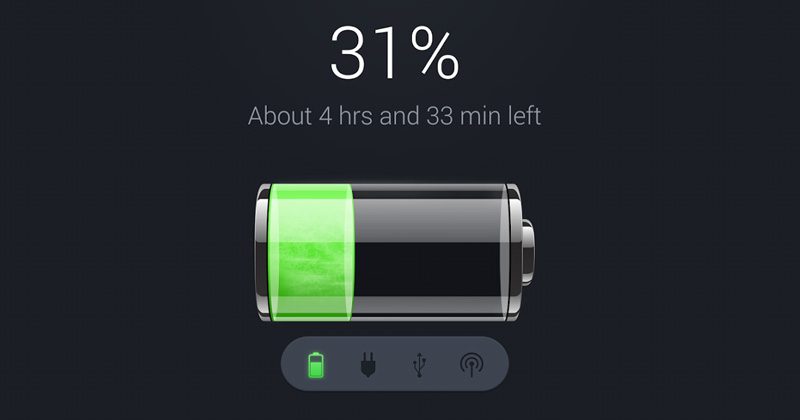
In short, even though most publications (including this blog) tend to focus on the high-end aspects of modern Metrology applications that call for incredibly precise accuracies and tolerances, Metrology is all around us, in every aspect of our daily lives. And while our Metrology applications don’t have the same demands as Automotive and Aerospace manufacturing, we still depend on accuracy for all the tools on this list and more. What other tools of Metrology do you use every day?



